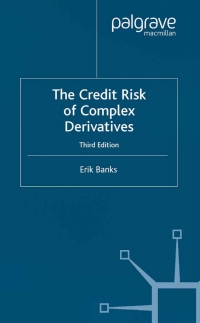

Scot and Vidia, married taxpayers, earn $250,000 in taxable income and $6,500 in interest from an investment in City of Tampa bonds. Using the U.S. tax rate schedule for married filing jointly, how much federal tax will they owe? What is their average tax rate? What is their effective tax rate? What is their current marginal tax rate? (Do not round intermediate calculations. Round "Average tax rate" & "Effective tax rate" to 2 decimal places) Federal tax Average tax rate Effective tax rate Marginal tax rate % % % Individuals Schedule X-Single If taxable income is over: But not over: $ 0 $9.950 $ 9,950 $ 40,525 $ 40,525 $ 86,375 $ 86,375 $164.925 $164.925 $ 209,425 $ 209,425 $ 523,600 $ 523,600 The tax is: 10% of taxable income $995 plus 12% of the excess over $9,950 $4,664 plus 22% of the excess over $40,525 $14,751 plus 24% of the excess over $86,375 $33,603 plus 32% of the excess over $164,925 $47,843 plus 35% of the excess over $209,425 $157,804.25 plus 37% of the excess over $523,600 Schedule Y-1-Married Filing Jointly or Qualifying Widow(er) If taxable income is over: But not over: The tax is: $ 0 $ 19,900 10% of taxable income $ 19,900 $ 81,050 $1,990 plus 12% of the excess over $19,900 $ 81,050 $ 172,750 $9,328 plus 22% of the excess over $81,050 $ 172,750 $ 329,850 S29,502 plus 24% of the excess over $172,750 $ 329,850 $ 418,850 $67,206 plus 32% of the excess over $329,850 $ 418,850 $ 628,300 $95,686 plus 35% of the excess over $418,850 $ 628,300 $168,993.50 plus 37% of the excess over $628,300 Schedule Z-Head of Household If taxable income is over: But not over: $ 0 $ 14,200 $ 14,200 $ 54,200 $ 54,200 $ 86,350 $ 86,350 $ 164,900 $ 164,900 $ 209,400 $ 209,400 $ 523,600 $ 523,600 The tax is: 10% of taxable income $1,420 plus 12% of the excess over $14,200 $6,220 plus 22% of the excess over $54,200 $13,293 plus 24% of the excess over $86,350 $32,145 plus 32% of the excess over $164,900 $46,385 plus 35% of the excess over $209,400 S156,355 plus 37% of the excess over $523,600 Schedule Y-2-Married Filing Separately If taxable income is over: But not over: The tax is: $ 0 $ 9,950 10% of taxable income $ 9,950 $ 40,525 5995 plus 12% of the excess over $ 9,950 $ 40,525 $ 86,375 $4,664 plus 22% of the excess over $40,525 $ 86,375 $164.925 $14,751 plus 24% of the excess over $86,375 $164.925 $ 209,425 S33,603 plus 32% of the excess over $164.925 $ 209,425 $ 314,150 $47,843 plus 35% of the excess over $209,425 $ 314,150 584,496.75 plus 37% of the excess over $314,150








